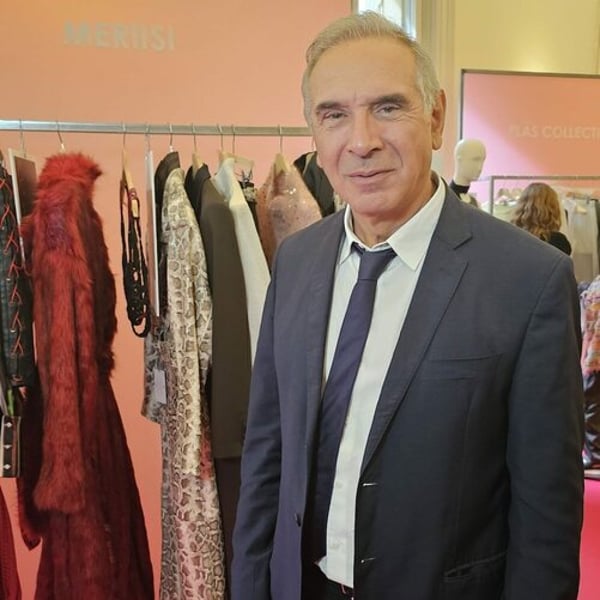Translated by
Nicola Mira
Published
September 18, 2024
For the opening of Milan Fashion Week Women, FashionNetwork.com has met Carlo Capasa, president of the Italian Fashion Chamber (CNMI), who is keen to create opportunities for lesser-known names and emerging talent during this key fashion event.
FashionNetwork.com: Data are showing that the fashion market is slowing down, how do you think it should deal with this juncture?
Carlo Capasa: I think we should always look ahead with optimism. Some time ago, I did say that resilience would be the name of the game this year. I see it this way: we’re in the midst of a crisis, there’s no denying it, but the market has simply slowed down for 12-18 months, and it’s now ready to pick up again.
FNW: Can we say that the worst is behind us?
CC: I’m optimistic, the signals we’re receiving are hinting at the beginning of a recovery in the second half of 2024. In 2021 and 2022, the market grew by 20%, and it actually grew 5% in 2023. Two wars are ongoing, the Russian market is stagnant, the Chinese property market is slumping, and there’s the usual consumer uncertainty that always coincides with the US [presidential] election: a 3.5% downturn shouldn’t worry us too much. And while the apparel and accessories [sectors] are the worst hit, eyewear, cosmetics and jewellery are undoubtedly buoyant.
FNW: Would you therefore say that the problem shouldn’t be regarded as being so serious, or not so for everyone?
CC: Fashion remains Italy’s second most important industrial sector, worth €90 billion. It’s mostly players catering to the Italian and European market that are being affected. And we’re seeing that, luckily, there are labels that are able to grow, thanks to other markets that are thriving, and to well-thought-out design choices.
FNW: It seems that designers are somewhat reluctant to be bold. Do you have this feeling too?
CC: Undoubtedly, new ideas are coming from the young generations now, this is why the extra day we as CNMI have added to the [fashion week] calendar is hugely important. It will give everyone extra breathing room, and provide visibility opportunities for showrooms, and for runway shows or presentations by young designers and emerging labels. And for artisans too. Let’s not forget that we are talking about 40,000 [artisanal] companies. A crucial supply chain that must be protected and promoted. I also believe that it’s when times are tough that the most powerful creative impulses are generated, so I expect that creativity, and craftsmanship too, will reap their rewards and be the winners this season.
FNW: Will the calendar change also apply to the February fashion week [in Milan]?
CC: Yes, for next season too we’ve tried to draw up a calendar that meets everyone’s operational requirements, that will give visibility to both well-known and lesser-known names, and to the industry’s trade shows too, which are always essential.
Copyright © 2024 FashionNetwork.com All rights reserved.







